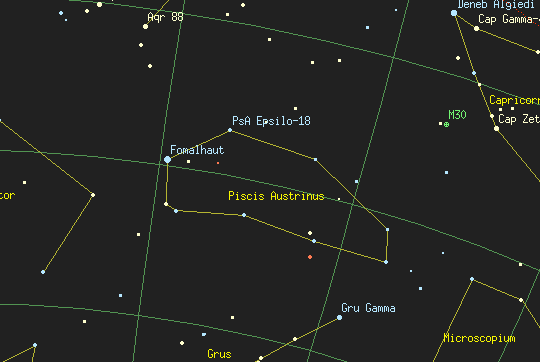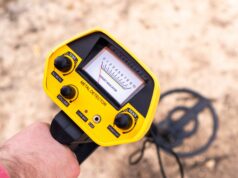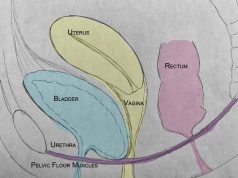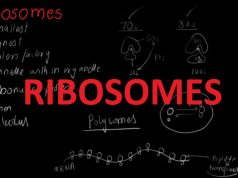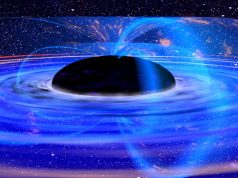Piscis Austrinus (occasionally seen spelled as Pisces Austrinus) and Grus are two constellations with a few bright stars and very faint deep-sky objects.
Facts about Piscis Austrinus the Southern Fish
Piscis Austrinus is best found above Capricornus in the spring sky for those in the Southern Hemisphere. Northern Hemisphere residents who don’t live too far north and want to catch a peek of this constellation can look in the fall below the constellations Capricornus and Aquarius. Piscis Austrinus has a vague, kite-shaped fishlike form.
Piscis Austrinus has one very bright star: Fomalhaut. Fomalhaut, also known as Alpha Piscis Austrini, is magnitude 1.17 and lies 25 light-years away. Its name means the “Mouth of the Fish” and it is the 18th brightest star in the sky. It is a white, A-type star.
The next brightest stars in this constellation are magnitude 4.1 Epsilon, magnitude 4.2 Delta, magnitude 4.2 Beta, and magnitude 4.3 Iota Piscis Austrini.
In the farthest southeastern corner of the constellation boundary is a star that is known by a few names, including Lacaille 9352 and GSC 7512:12363. Lacaille is unremarkable visually at magnitude 7.3, but it is one of the closest stars to the Sun at 11 light-years away. The red dwarf is also notable in its proper motion. As one of the fastest-moving stars known, it travels at approximately 75 miles per second.
The galaxies in Piscis Austrinus are all very faint. One of the “brightest” of these faint fuzzies is NGC 7314, a spiral galaxy at magnitude 10.9.
Facts about Grus the Crane
Grus is located adjacent to Piscis Austrinus, on the opposite side of Capricornus and Aquarius and therefore farther in the domain of Southern Hemisphere observers. Grus could be viewed as crane shaped by its long body and curving neck with two starry extensions for wings.
The brightest star in the constellation Grus is the one marking the left wing, Al Nair. Also known as Alpha Gruis, Al Nair is magnitude 1.73 and lies 101 light-years away. The center of the bird is marked by the second brightest star in Grus: Beta Gruis at magnitude 2.06. Beta Gruis lies a bit further at 170 light-years away. Continuing to the crane’s right wing are two stars, Iota Gruis at magnitude 3.8 and Theta Gruis at magnitude 4.2. The head of the crane is marked by the dim stars Epsilon Gruis at magnitude 3.4 and Zeta Gruis at 4.1. The tail of the crane is magnitude 3.0 Gamma Gruis. Between the tail and Beta, the center of the body, is a double star known as Delta 1 and Delta 2 Gruis. The stars are magnitude 3.9 and 4.1 and lie 16 arcminutes apart.
Like Piscis Austrinus, Grus has no good deep-sky observing targets for anyone with modest observing equipment. The best option in Grus is to focus on the brightest star in the constellation, Al Nair. Putting this star in the field of view of a telescope will also include a dim magnitude-10.5 galaxy just 16 arcminutes away.






